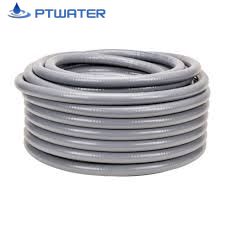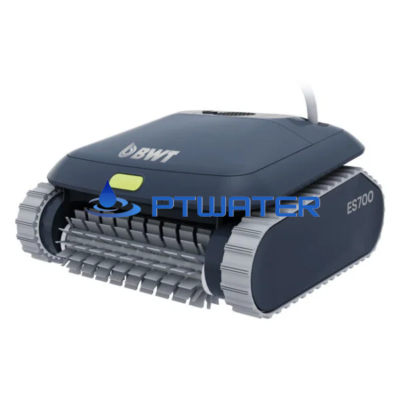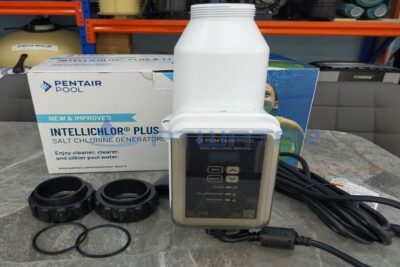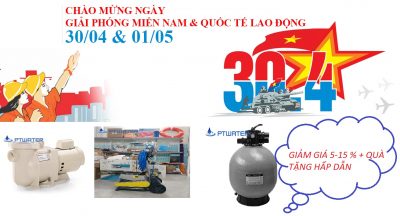



1. Introduction
Chlorine (Cl) is one of the halogens used widely for sterilization due to its high disinfection activity due to redox reaction. When dissolved in water, these chemicals release an amount of active chlorine that has a therapeutic effect. Common chlorine-containing chemicals include:
– Cloramin B content of 25 – 30% active chlorine
– Cloramin T
– calcium hypochlorite (lime chloride)
– Sodium dichloroisocyanurate powder
– Water Javen (sodium or potassium hyphocloride hypocloride).
2. Use chlorine-containing chemicals in the prevention
– In the prevention of fluid contamination, solutions of chlorine containing 0.5% and 1.25% active chlorine are usually used depending on the purpose and method of sterilization. The concentration of the solution must be based on active chlorine.
– Since different chemicals have different active chlorine content, it is important to calculate the amount of chemicals needed to obtain the active chlorine solution.
– The amount of chlorine chemicals needed to mix the number of liters of solution with the required chlorine concentration is calculated by the following formula:
|
Quantity of chemicals |
Active chlorine concentration of the solution to be mixed (%) X number of liters = Active chlorine content of chemicals used (%) * |
X 1000 |
* The active chlorine content of the chemicals used is always indicated by the manufacturer on the label, package or instruction manual of the product.
Example: To make 10 liters of active chlorine 0.5% solution from activated chlorine powder 25% active chlorine: (0.5 x 10/25) x 1000 = 200 grams.
For a 10-liter solution with 0.5% active chlorine concentration from 70% active calcium chloride hypochlorite, it should be: (0.5 x 10/70) x 1000 = 72 grams.
For a 10 liter solution with 0.5% active chlorine concentration from 60% active chlorine dioxide dichloroisocyanurate powder: (0.5 x 10/60) x 1000 = 84 g.
Table 1. Chemical quantities of chlorine to 10 liters of solution with active chlorine concentrations used in the prevention
|
Chemical name (active chlorine content) |
The amount of chemicals required to mix 10 liters of active chlorine solution |
Note |
|||
|
0.25% |
0.5% |
1,25% |
2.5% |
||
|
Cloramin B 25% |
100g |
200g |
500g |
1000g |
|
|
Calcium Hypochloride (70%) |
36g |
72g |
180g |
360g |
|
|
Sodium dichloroisocyanurate powder |
42g |
84g |
210g |
420g |
|
Mixing method: Dissolve completely the amount of chemicals needed for just 10 liters of clean water.
Chlorinated solutions will reduce the effect quickly over time, so only the amount needed to use and use as soon as possible after the phase. Best blending only and use during the day, should not be prepared to reserve. The solution containing chlorinated phase should be stored in a dry, cool, covered, protected from light.
* Disinfection in hospitals and outbreaks
This is a guide to the use of chlorinated compounds in general outbreak disinfection. The selection of disinfection methods in the following guidelines must be based on each type of disease and in accordance with the guidance of the Ministry of Health on the treatment of the outbreak of each type of disease.